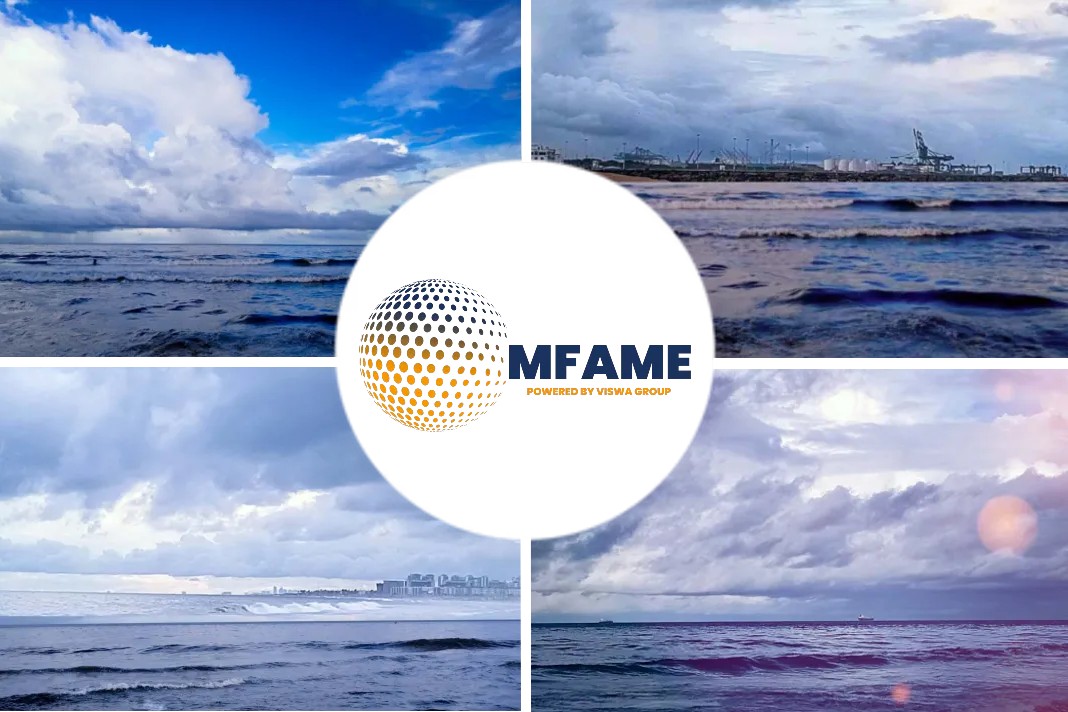- LNG suppliers are flooding the market with excess spot cargoes, generating fresh headwinds for prices, as demand crumbles globally due to the coronavirus pandemic.
- Spot supply has increased partly because of a big drop in demand from countries like India in Asia as well as Italy and Spain.
- Spot LNG prices were already at seasonal lows before the virus crisis due to a warm winter and the fallout from the trade war between the United States and China.
Liquefied natural gas (LNG) suppliers are flooding the market with excess spot cargoes, generating fresh headwinds for prices, reports Jessica Jaganathan for Reuters.
The current scenario is that the demand has crumbled globally due to the coronavirus pandemic that has disrupted industrial output and people’s movement.
Spot supply takes a hike
Spot supply has increased partly because of a big drop in demand from countries like India in Asia as well as Italy and Spain in southern Europe that have imposed lockdowns and strict travel curbs to slow the spread of the virus.
Spain has reported the second-highest number of deaths from the virus in the world. Globally, the number of infections has crossed the half million mark, while more than 24,000 have died.
The LNG supply glut is pushing down Asian spot prices toward a record low last plumbed in February when demand sank in China, where the coronavirus originated late last year.
Downward quality tolerance
Spot LNG prices were already at seasonal lows before the virus crisis due to a warm winter and the fallout from the trade war between the United States and China.
Amid the uncertainty, LNG buyers in North Asia had opted for a “downward quality tolerance” (DQT) when negotiating their annual delivery contracts. Some buyers are now exercising the clause that allows them to cut volumes by up to 10%.
This has also driven sellers to offer the unsold term volumes in the spot market, several traders said.
“We’re seeing more sell tenders these days due to a combination of factors like coronavirus and DQT, but this also means that when demand rebounds, buyers will return to the market to seek spot cargoes,” a Singapore-based LNG trader said.
Qatargas approached buyers in Asia and Europe this week to offer cargoes for delivery or loading in April, sources said.
Cargo loading in excess
Traders said it had likely been forced to seek buyers for its excess cargoes after being issued with a force majeure notice by Petronet LNG, the top gas importer for India, which has the world’s second-highest population at 1.3 billion. Qatar is India’s biggest LNG supplier.
Cheniere Energy, the biggest U.S. LNG firm, also offered a cargo for loading in early April from Sabine Pass, which traders said was unusual.
In Australia, Malaysia’s Petronas offered a cargo for loading in May from the Gladstone plant in which it has an equity stake, likely due to a cancellation from a buyer, an industry source said. The details could not be confirmed. Companies typically do not comment on spot deals.
Asian spot LNG prices LNG-AS dropped below $3 per million British thermal units (mmBtu) this week, after rising for three consecutive weeks, traders said. It hit a record low of $2.70 per mmBtu last month.
Did you subscribe to our daily newsletter?
It’s Free! Click here to Subscribe!
Source: Reuters
















